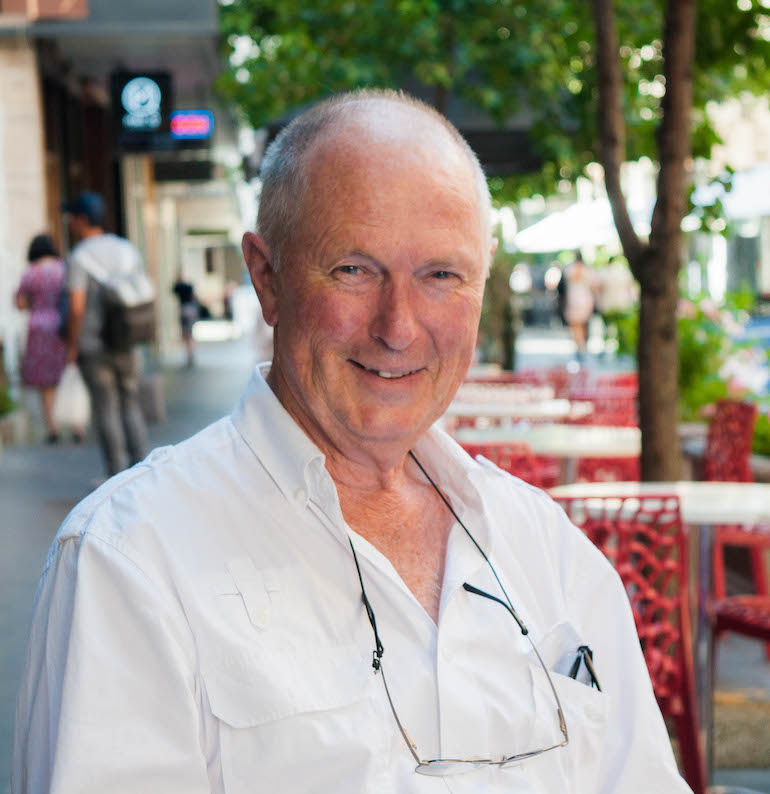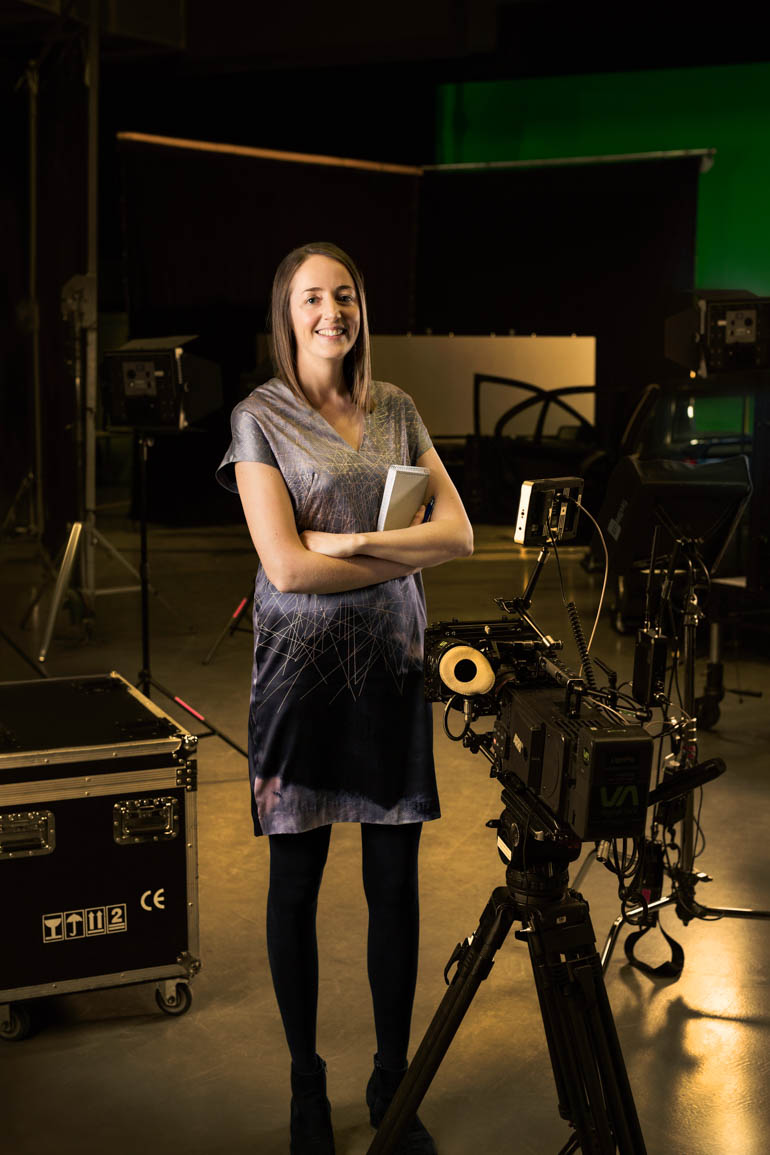Technicolor’s Mill Film Adelaide studio is drawing on local and international talent to build its workforce which is expected to grow to 300 employees by the end of 2019.
The visual effects studio, comprised today of 140 employees including management and operations, is working from a temporary space in Adelaide’s west, and is anticipating a move into its permanent home within the CBD Myer centre by mid-June.
In 2018, Technicolor and its brands – MPC, MR. X, Mikros and Mill Film – worked on 40-plus titles for major studios including A Wrinkle in Time, Predator, The Nutcracker and the Four Realms, The New Mutants and 14 episodic projects from Mr. X including new seasons of American Gods, Carnival Rows, Narcos, A Series of Unfortunate Events and Vikings. This is in addition to its film credits related to Jungle Book, Wonder Woman and The Shape of Water.
Mill Film specifically, is focused on providing world-class visual effects for feature film and episodic production markets for major studios and streaming services. The Adelaide studio is expected to grow to 500 employees over five years.
Mill Film Adelaide’s managing director Mark Thorley says the studio is currently actively recruiting for a variety of positions in areas of animation, lighting and environment. The hiring will be a combination of established professionals in the market as well as emerging talent coming out of universities through Technicolor’s Academy.

Mill Film Adelaide’s managing director Mark Thorley.
Mark confirms that the academy has already taken on 40 graduate positions, with a second intake for the one-year paid learning and development program now under way.
“It’s pretty unique from an Australian perspective,” he says. “We pay these individuals from day one and then bring them on the floor once they’ve graduated.”
Mark moved to SA from Queensland to take up his position and says Adelaide’s lifestyle strengths played a part in the company choosing the southern state to expand the brand.
“It’s a great city, in an amazing part of the world, offering the combination of great talent and lifestyle,” he says. “Adelaide is Australia’s best kept secret. We’re thrilled to be here and business is off to a great start. I am incredibly proud of the great work we are doing and can’t wait for the final product to reach audiences everywhere.”
The announcement that Adelaide would welcome a Mill Film studio came in 2018 and was received as a game-changer by the state’s creative industries. The former Labor government also announced its backing of the project with $6 million from the Economic Investment Fund. More than a year later, Mill Film Adelaide has secured its first 12 months’ worth of work.
Mill Film is currently working on Dora The Explorer, an adaption of the popular animation series, and will announce further projects in late 2019, early 2020.

Dora The Explorer is in cinemas from August 2.
“Technicolor is always looking for locations that can offer a new talent pool of skilled VFX artists and therefore we started talking to several state governments before deciding to settle in SA,” Nathan says.
“In addition to (state and federal Post Production, Digital and Visual Effects) rebates, Adelaide offered an opportunity for expansion because of its pool of proven creative talent, access to universities to develop and nurture talent, and the infrastructure already in place for such high-end projects, inclusive of internet infrastructure to allow us to move large amounts of data around,” Nathan says.
“This combined with the lifestyle and quality of life in Adelaide makes it the perfect environment for fostering creativity.”
Nathan Wappet, Technicolor Production Services COO, says the industry is currently experiencing one of its biggest shifts, brought on by an unprecedented demand for content.
“The shift is so massive, it’s changed the definition of what a studio is, with new entrants Netflix, Hulu, Apple, and Amazon Studios setting the bar, and traditional studios announcing their own content distribution platforms,” he says.
“These changes are blurring the line between feature and episodic; short and long form, to the point where quality expectations and production values are the same for all content creators, regardless of distribution platform.
“In the midst of this shift, Technicolor, and its brands are in an unparalleled position to deliver on clients’ and project needs without compromising quality by optimising picture, sound, and visual effects services.”

A scene from ‘Gladiator’ for which Mill Film won an Oscar for visual effects.
Technicolor’s presence in SA is a boost to not only jobs in the state, but the overall local VFX industry, which already home to large VFX house Rising Sun Pictures as well as boutique studio Resin, both of which have an international reach.
Nathan says existing VFX businesses in Adelaide will benefit from Technicolor entering the market as the company often needs to outsource some of its VFX and animation work.
“These studios would be the most likely beneficiaries of any local outsourcing as well as the training and growth of a local artist and technology talent pool. It is a winning proposition for all players,” he says.
Mill Film is anticipating on being a VFX, animation and content production of excellence with hopes of mirroring the success of Technicolor’s MPC Film Montreal studio which grew to more than 1000 people in 2018.
Mill Film’s global managing director Lauren McCallum has a vision for Mill Film to be the most inclusive tier-1 studio in the world, putting talent first and embracing diversity in its work.
“Adelaide helps us achieve this by allowing us to tap in to a talent pool we wouldn’t otherwise have been able to – opening up new pathways in to the industry for even more diverse creatives,” she says.
“The demand for visual effects content has exploded in recent years and we don’t anticipate this will slow down.”
Industry in focus: Creative Industries
Throughout the month of March, the state’s creative industries will be explored as part of I Choose SA.
South Australia is home to a thriving ecosystem of creative businesses and specialists who are delivering world-class works VFX, TV and film production, app development and the VR space. Read more creative industries stories here.
Visit I Choose SA to meet the people building business and industry in SA, and to find out how your choices make a difference to our state.
[logooos_saved id=”13411″]
[logooos_saved id=”36524″]





















